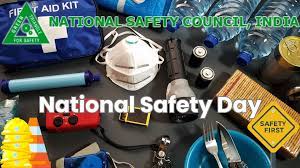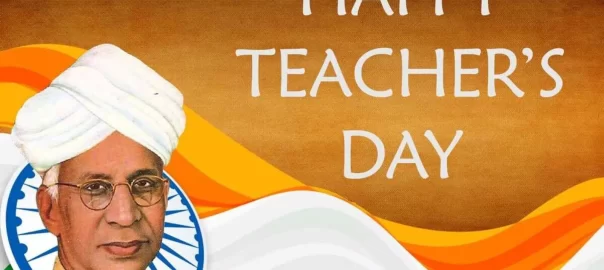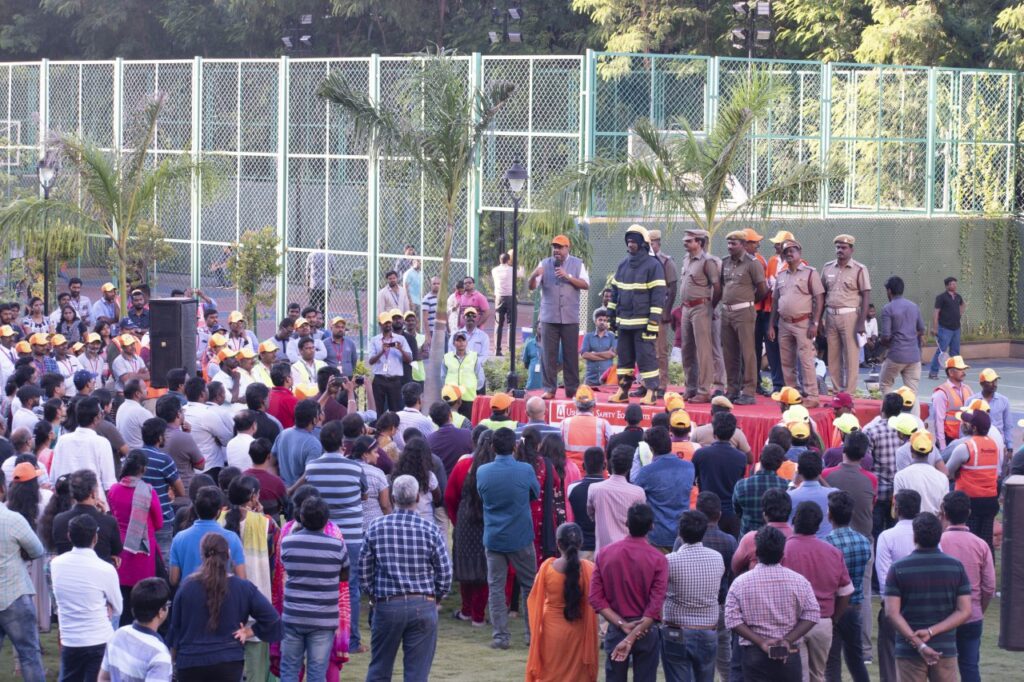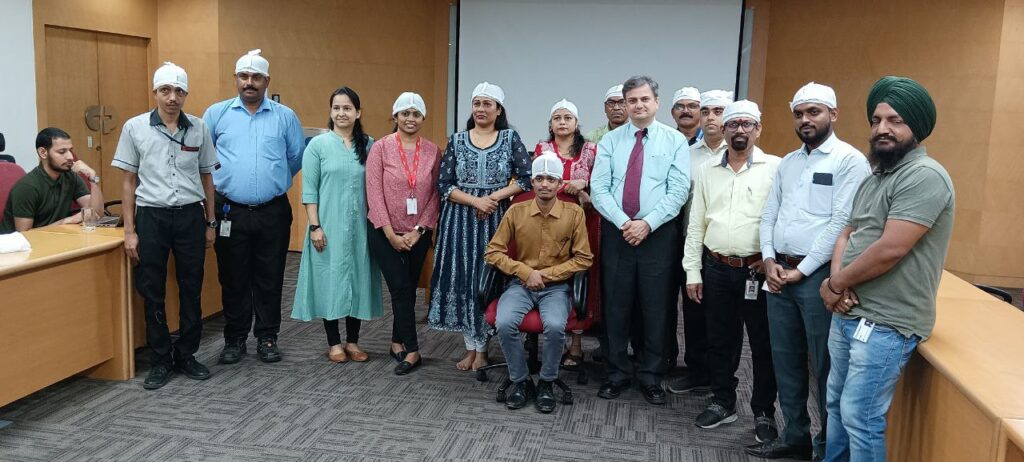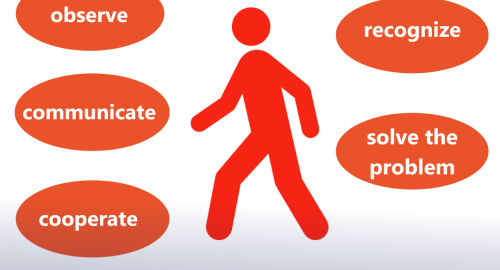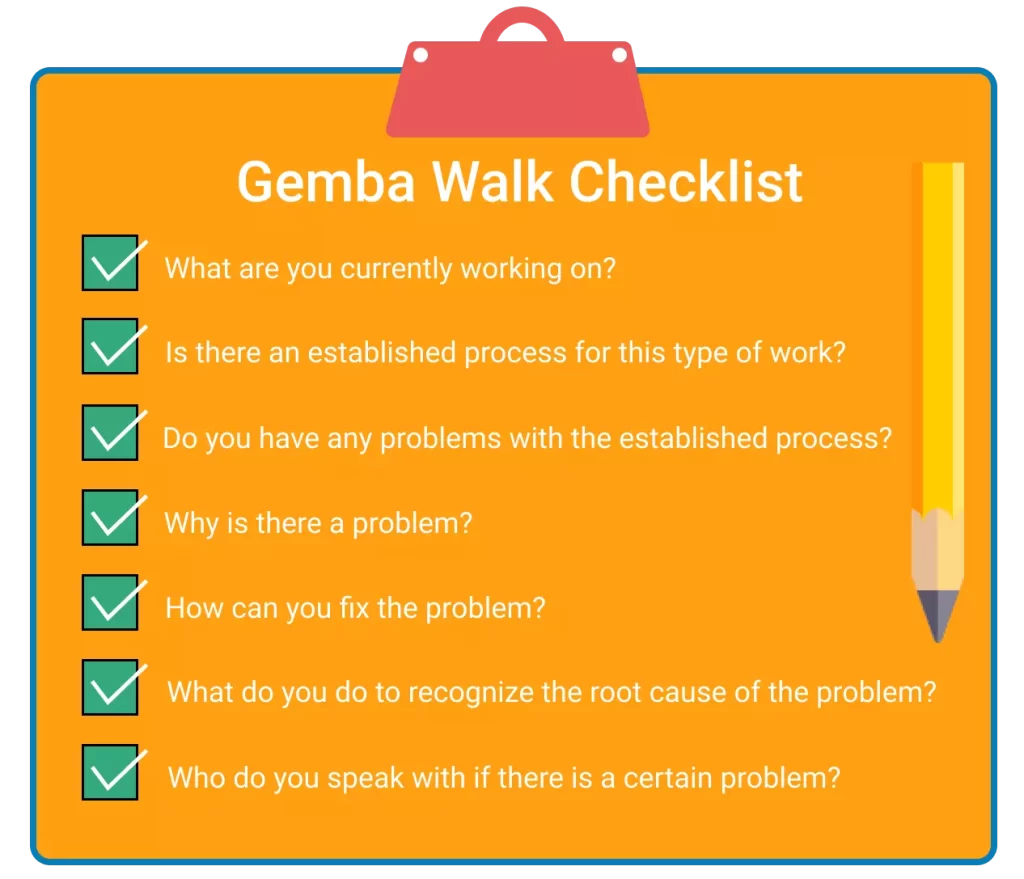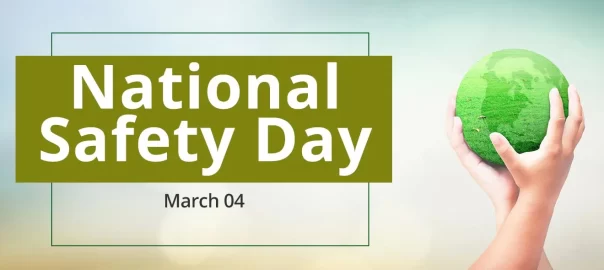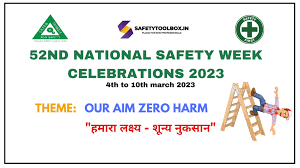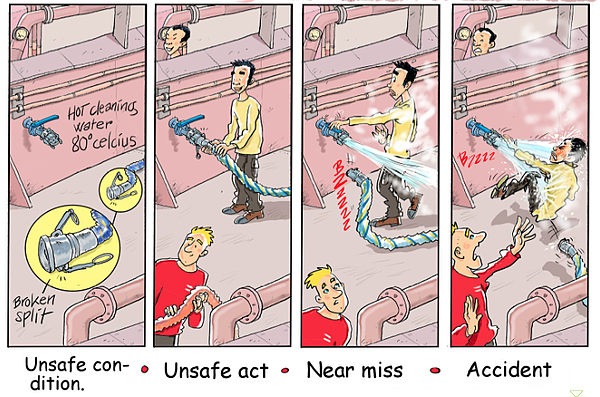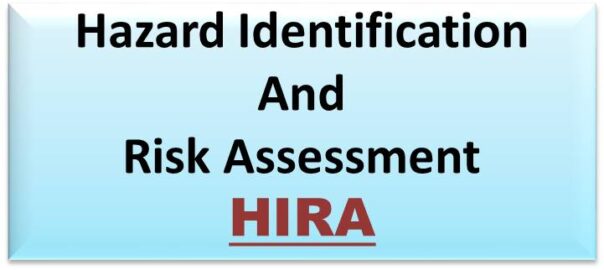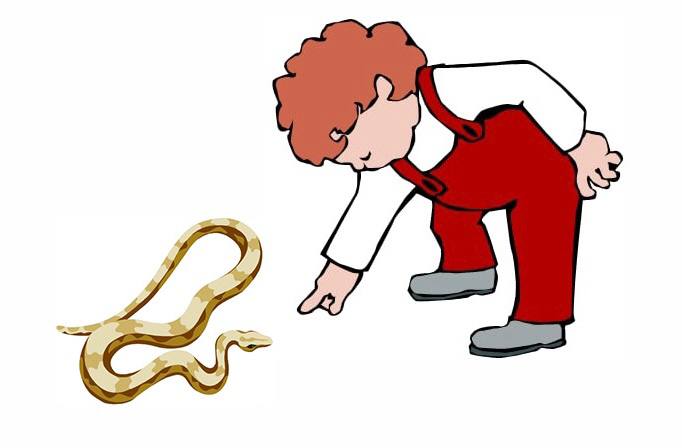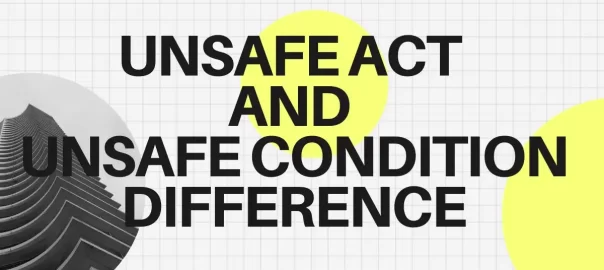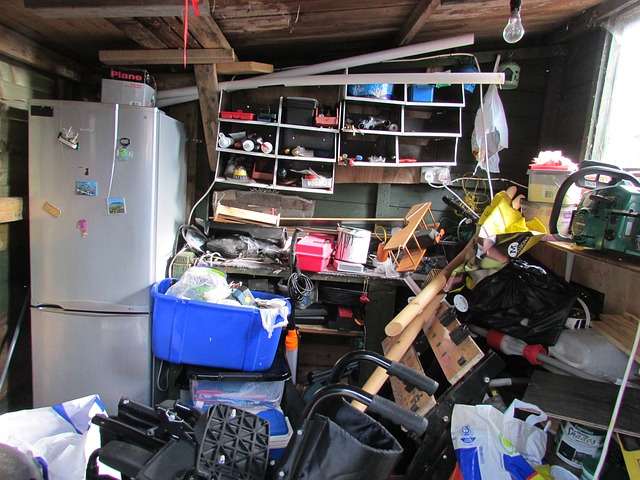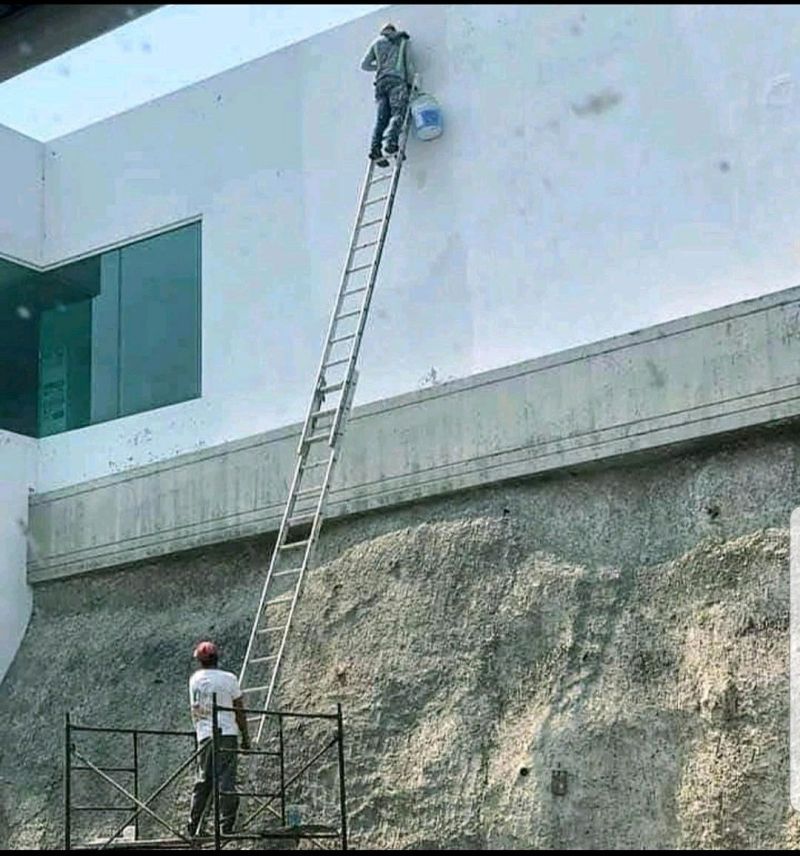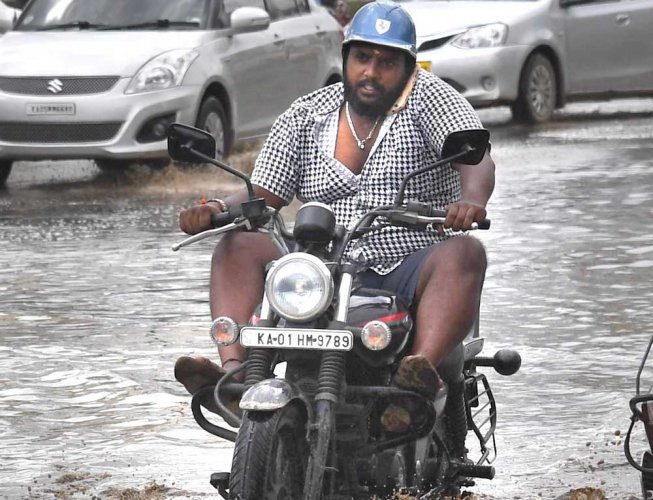Dear Readers, my last blog was posted in the month of November 2023. We are in 2024 and I have not published my blog since then. It has been a breakdown of sorts for which I would not like to give excuses. My readers have certain expectations and fulfilling them is what I should be focussing on. I apologise for the same and will be more regular hereinafter.
In this blog Maggie and Jaggy will continue their conversation on creating awareness on safety. They will be discussing on the National Safety Day theme for 2024 which is Focus on Safety Leadership for Environment, Social and Governance Excellence. It is a long theme and let us all trust Maggie and Jaggy will help us understand the same.
Maggie: “Hello Jaggy, Long time no see. All well?”
Jaggy: “Yes Maggie. Everything is just fine. Was caught up in a lot of work and other issues. Sorry for not meeting you often.”
Maggie: “It is OK Jaggy. It is just great to see you back. Let us get started!”
Jaggy: “Sure Maggie! Shoot.”
Maggie: “The theme for the National Safety Day seems to be too long. I am not able to say it fully.”
Jaggy: “To be honest yes, it is. But it talks about an important factor which is Safety Leadership. The theme itself says Focus on Safety Leadership for Environment, Social, Governance,(ESG) Excellence.”
Maggie: “Whatever it is it went way above my head like a bouncer.”
Jaggy: “It initially seems so but to understand it is not so complicated. Everyday there are new words and phrases and ESG and Safety Leadership are more often heard today by safety professionals.”
Maggie: “I understand but can you explain the theme better?”
Jaggy: “The theme says that the focus should be more on Safety leadership to create Excellence in the Environment, Social, Governance, (ESG). Just as we need leaders to make things better in organizations, workplaces, sports and even homes we need leaders to drive safety.”
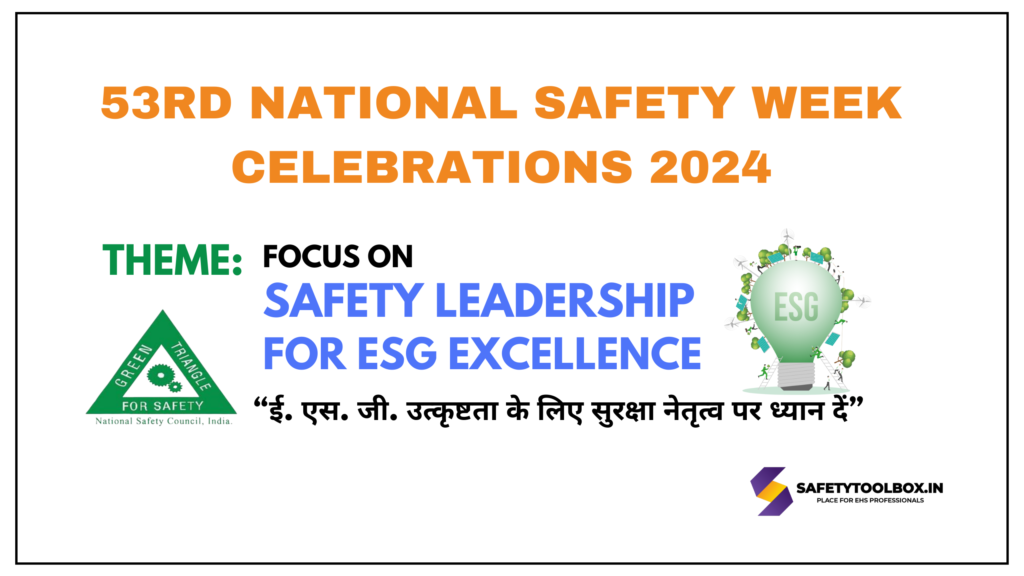
Maggie: “I understand but can you elaborate on the good qualities of a leader first and then move to Safety Leadership.”
Jaggy: “To simply put it a leader is one Who Knows the Way, Shows the Way, and Goes the Way.”
Maggie: “A nice one Jaggy but how does this apply to Safety.”
Jaggy: “A Safety leader first and foremost should have knowledge on the safety process of his organization, show how safety is adopted and of course follow it himself at all times. A safety leader will always have 3 C’s of leadership.”
Maggie: “What are 3 C’s of leadership?”
Jaggy: “Credibility, Conviction and Clarity. These help safety leaders to establish the safety process, improve it and implement it. Without Credibility, Conviction and Clarity it is not possible.”
Maggie: “How can they do this?”
Jaggy: “By demonstrating Visible Commitment. It means that whatever the safety leaders do it should be visible to everyone just like the quote of Mahatma Gandhi.”
Maggie: “Be the Change you wish to see in others is it not what he said?”
Jaggy: “Exactly Maggie. He or she will do this by 1. Telling the truth. 2. Work Hard. 3. Never go back on their word and 4. Listen to hear vs Listen to speak.”
Maggie: “Superb Jaggy but can you tell me the process of Safety Leadership.”
Jaggy: “The first is all about Policies, Procedures, System, Forms which is more a stage of Compliance. These are tasks which are transactional. They are needed to establish the rules. The stage is about Raising Awareness. The next stage is the Personal Approach where leaders discover and share other ways of operating. Telling people why we are here today. This stage is more of Relationship building. The next stage is Inspire others to behave safely which is the stage of Transformation. Here the leadership is an ongoing journey.”
Maggie: “WOW Jaggy! The job of a safety leader is really difficult. To get everyone on the same page is really difficult. But how does this apply to ESG.”
Jaggy: “ESG. Let us deal with them one by one. Environment does not only mean the general definition, but it also implies the place where we work or stay. Safety leadership ensures the environment is accident free which is ensuring no unsafe conditions. Social means the society or community. They can mean anything and everything. When safety is an integral part of workplaces, homes become safer, thereby creating an impact on the society to be safe. Safety becomes social and community oriented which leads to safety culture across the nation. Governance is more about creating increased visibility to safety and ensuring it is followed by all and not just a few. Being transparent is the key here. Ethics and values in are a part of governance.”
Maggie: “Thank you, Jaggy. I may not fully understand what you say but I can do relate with it. One last question. How do leaders make this happen?”
Jaggy: “Simple by teaching. Leaders are teachers and safety leaders are safety teachers. Learning and teaching never stop.”
Maggie: “Thank you so much. Meet you soon.”
Jaggy: “Bye for now.”
I trust the readers would have understood the conversation. Never mind if you don’t. All my readers are safety leaders. Let us all lead everyone to be safe at all times. Jaggy and Maggie will continue to help us do it at all times.
Live Life – Save Life.
Seshadri Varadarajan.
PS. If you want to have Safety Leadership sessions for your team, please email your request to me at seshadri.v@ushafire.in or to S. Janaki janaki.s@ushafire.in.
